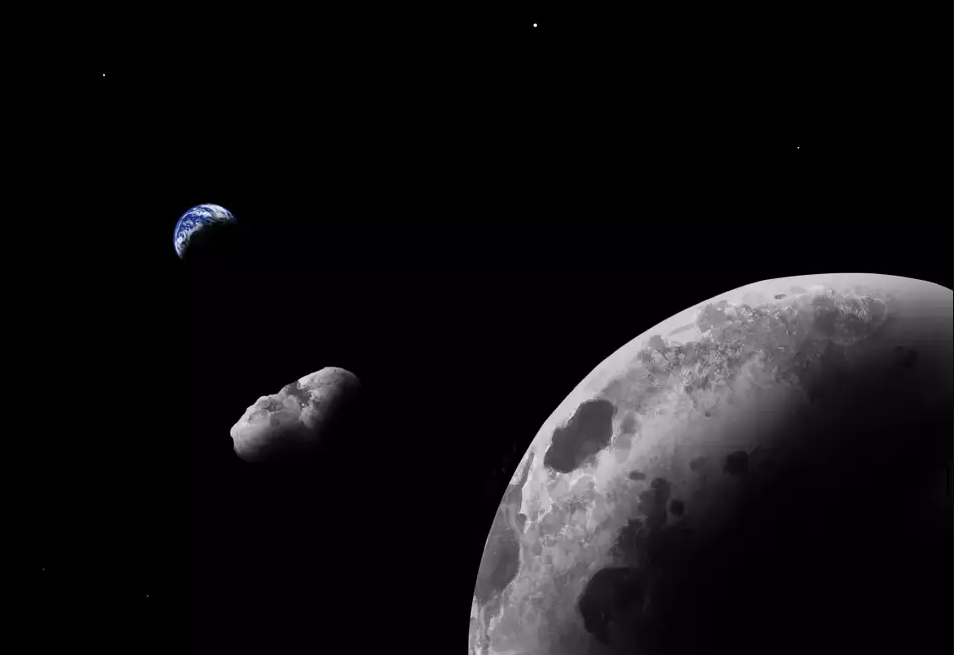
Simulation of Kamo`oalewa's journey
Named Kamo`oalewa, the modest-sized asteroid is between 36.5 and 60 meters across. It was discovered in 2016 thanks to the Pan-STARRS telescope at the Haleakala Observatory in the Hawaiian Islands (USA).
Over the years, this near-Earth asteroid has puzzled terrestrial astronomers with its strange trajectory. Kamo`oalewa appears to circle Earth even though it is actually in orbit around the sun.
In 2021, researchers discovered that Kamo`oalewa releases and absorbs sunlight differently than other near-Earth asteroids, and yet shares many similarities with the moon.
Researchers at the University of Arizona (USA) now have evidence to support the hypothesis that the asteroid was once a part of the moon, separated and pushed into space in an ancient collision, according to a report published in the journal Communications Earth & Environment .
"If other studies come to similar conclusions, Kamo`oalewa would be the first near-Earth asteroid to be recognized as a piece of lunar debris.
The moon is being calculated to be more than 40 million years old.
Using mathematical algorithms, the team of experts explained that some of the debris (if any) from the moon would also travel on a similar journey as Kamo`oalewa. In addition, large craters on the surface of the moon also confirmed that the moon has experienced collision events with other asteroids in the past.
Source link


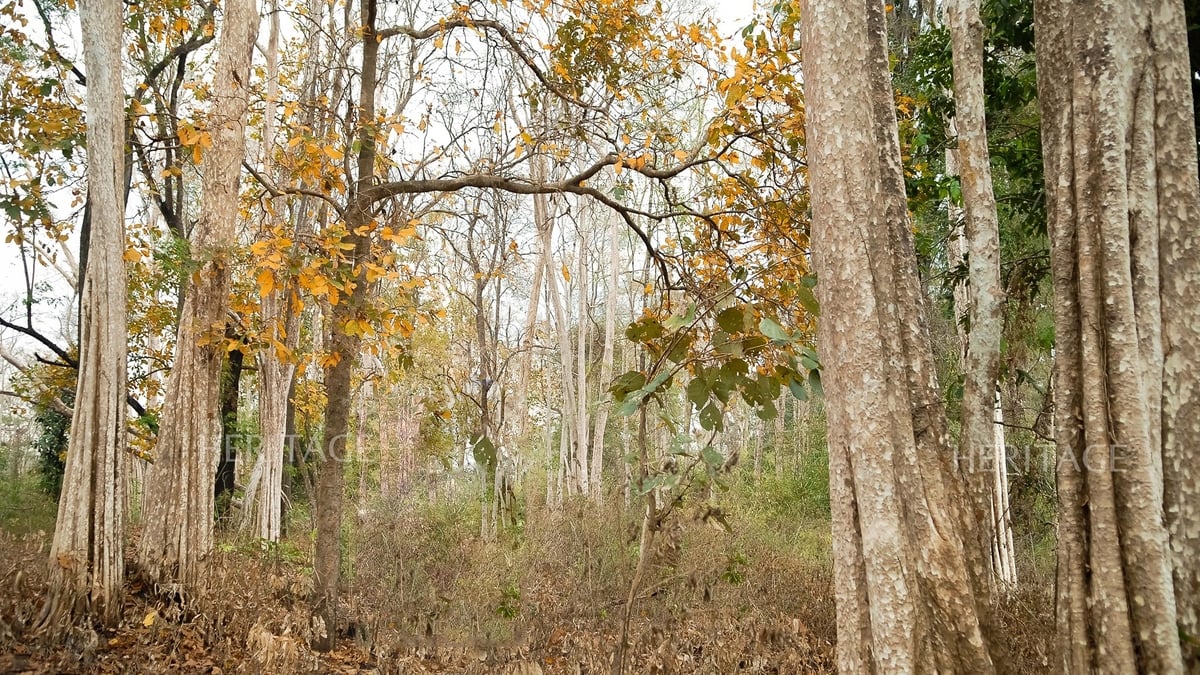

![[Photo] Award ceremony for works on studying and following President Ho Chi Minh](https://vphoto.vietnam.vn/thumb/1200x675/vietnam/resource/IMAGE/2025/5/20/a08ce9374fa544c292cca22d4424e6c0)





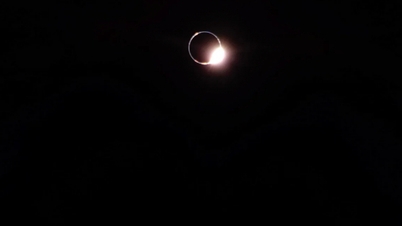


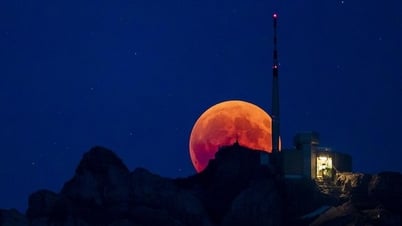


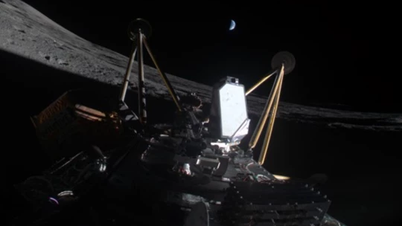


















![[Photo] Vietnamese shipbuilding with the aspiration to reach out to the ocean](https://vphoto.vietnam.vn/thumb/1200x675/vietnam/resource/IMAGE/2025/5/20/24ecf0ba837b4c2a8b73853b45e40aa7)









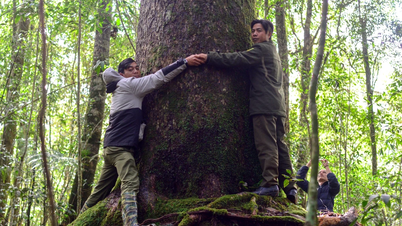






















































![[VIDEO] - Enhancing the value of Quang Nam OCOP products through trade connections](https://vphoto.vietnam.vn/thumb/402x226/vietnam/resource/IMAGE/2025/5/17/5be5b5fff1f14914986fad159097a677)
Comment (0)